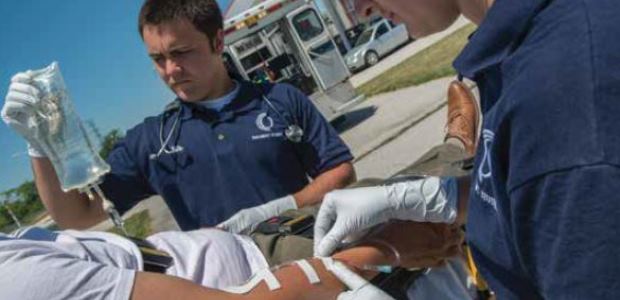
By Joe Kubicek
Those most likely to be exposed, such as police and fire personnel, EMTs, ER staff, and forensic lab personnel, should be transitioning to gloves that provide comprehensive protection against fentanyl.
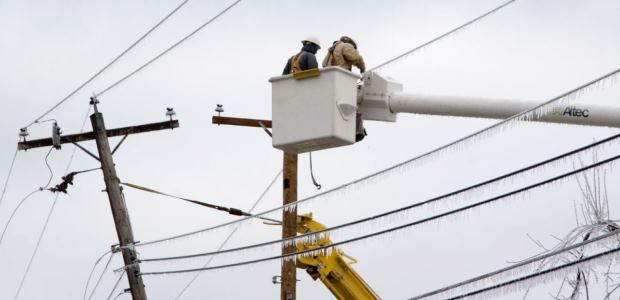
By Brad Sipe
Want to improve safety culture? Try high-performance FR fabrics.
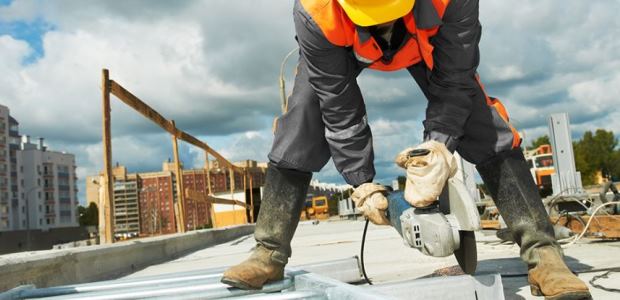
By Amy Meister
All too often, hand injuries occur when employees are distracted and aren't focused on where they are or what they're doing. It's incredibly important for employers to eliminate as many distractions as possible.

By Jennifer Choi
The real work of analyzing hand injury trends begins with the physical improvement of the organization's hand safety program after the data has been scrubbed.
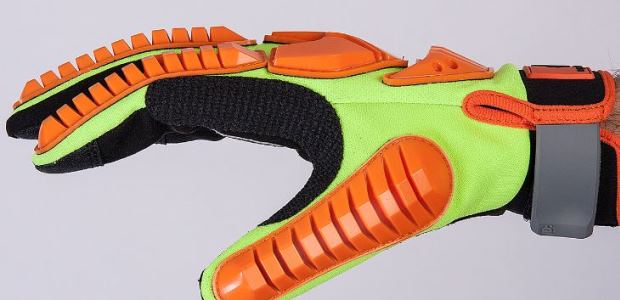
By Blanche Maass
Companies are turning workplace safety into a personal matter. Bringing innovative materials science to PPE is a priority for end users and brands alike.
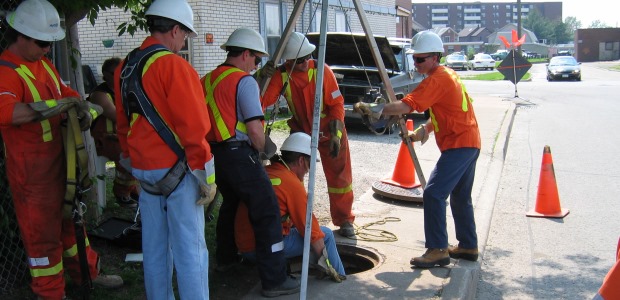
By Chris Koester
The reality is permit required confined spaces are still the leading cause of multiple fatalities in the workplace.

By Linda J. Sherrard
Every job needs to have not only a job description, but also a hazard analysis, which can change over time.
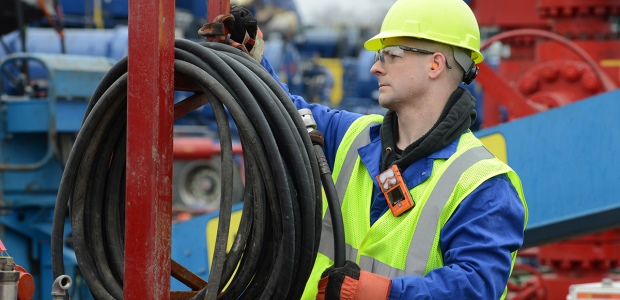
By Yong Wang
Catalytic bead LEL sensors need a certain level of oxygen to correctly read combustible gas up to 100% LEL.
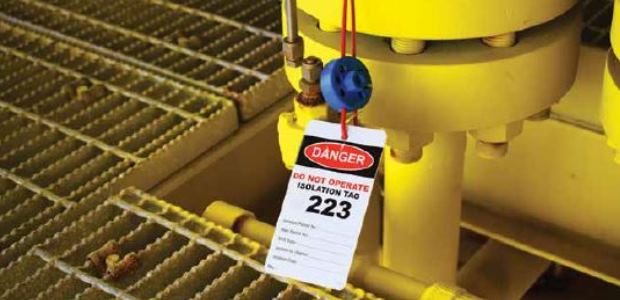
By Jerry Laws
OSHA's lockout/tagout standard, 29 CFR 1910.147, explains exactly why employees must be trained. It also requires different levels of training for three categories of employees.
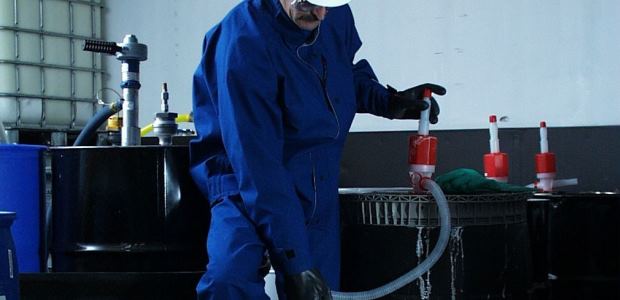
By Paul Dacey
Each end-use situation must be evaluated for its particular risks.
By Robert Pater
Are there "weeds" in your company whose value hasn’t yet been seen and tapped? Can you find ways to turn some of these individuals into powerful Safety proponents?
By Jerry Laws
I may have discarded a truckload of such materials this time. But I'm saving some things, of course, reference materials I can't stand to lose and extra copies of our best past issues, in my estimation.